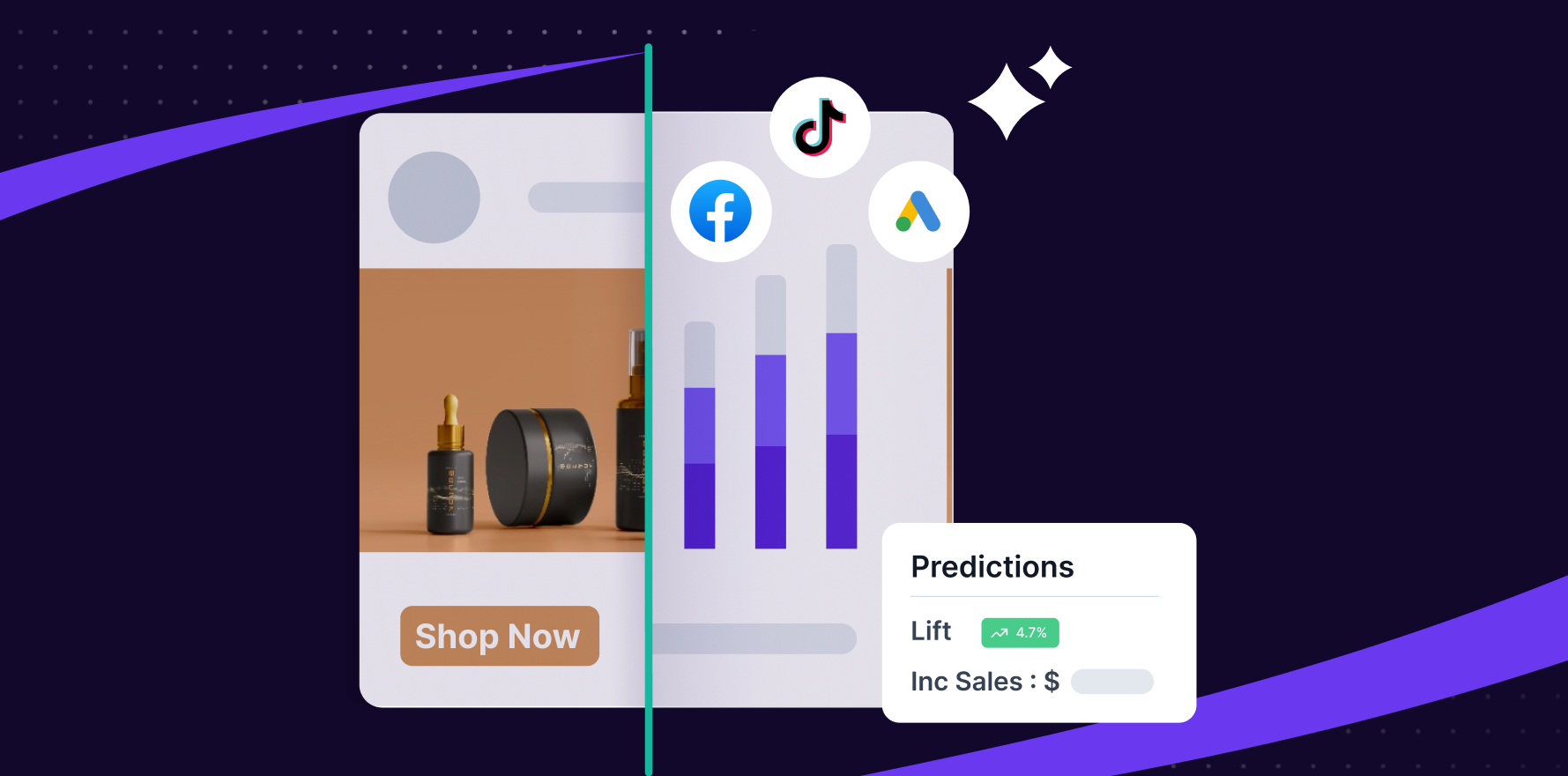In today’s competitive business landscape, companies must understand their customers to stay ahead. Customer intelligence is the key to unlocking this understanding. By analyzing customer data, businesses can gain insights into their behavior, preferences, and needs, allowing them to create personalized experiences and enhance marketing and sales efforts. In this article, we will explore what customer intelligence is, why it’s important, and how businesses can harness its power to drive success.
Understanding Customer Intelligence
Customer intelligence is a critical aspect of any successful business strategy. It involves gathering and analyzing data about customers to gain insights into their behavior and preferences. This information can include a range of data points, such as demographic information, purchase history, online behavior, and social media activity, among others.
By using customer intelligence, businesses can better understand their customers and their needs. This, in turn, allows them to make informed decisions about product development, marketing, and customer service. The result is improved customer satisfaction and loyalty, as well as increased revenue and profitability.
What is Customer Intelligence?
Customer intelligence is the process of collecting and analyzing data about customers to gain insights into their behavior and preferences. This information can be gathered from a variety of sources, including customer surveys, social media analytics, and website analytics.
Once this data is collected, it is analyzed to identify patterns and trends. This information can then be used to develop customer profiles, which provide a detailed understanding of each customer’s preferences, needs, and behaviors.
The Importance of Customer Intelligence in Business
Customer intelligence is essential for businesses that want to stay relevant and competitive. By understanding customers preferences, businesses can adjust their products or services to meet their needs and improve customer satisfaction. This, in turn, can lead to increased customer loyalty and repeat business.
Customer intelligence can also help businesses identify opportunities for growth. By analyzing customer data, businesses can identify new markets or customer segments to target. This can help them expand their customer base and increase revenue.
Another benefit of customer intelligence is that it can help businesses target their marketing efforts more effectively. By understanding customers’ preferences and behavior, businesses can develop targeted marketing campaigns that are more likely to resonate with their target audience.
Customer intelligence is a critical component of any successful business strategy. By gathering and analyzing customer data, businesses can gain valuable insights into their customers’ behavior and preferences. This information can be used to improve product development, customer service, and marketing efforts, ultimately leading to increased customer satisfaction, loyalty, and revenue.
Gathering Customer Data
Gathering customer data is a crucial aspect of running a successful business. It allows you to understand your customers’ needs and preferences, which can help you make more informed business decisions. In this article, we will discuss the key steps involved in gathering customer data.
Identifying Key Data Points
The first step toward gathering customer data is to identify key data points that are relevant to your business. These could include age, gender, location, purchase history, and online behavior. By understanding these key data points, you can create more targeted marketing campaigns and improve your overall customer experience.
For example, if you run a clothing store, knowing your customers’ age and gender can help you tailor your product offerings to their specific needs. If you run an online store, understanding your customers’ online behavior can help you improve your website’s user experience and increase conversions.
Utilizing Various Data Collection Methods
There are various methods businesses can use to collect customer data. One of the most common methods is through surveys or customer feedback forms. These can be conducted online or in person and can provide valuable insights into your customers’ preferences and opinions.
Another method is through online tracking tools, such as Google Analytics. These tools can help you track your customers’ behavior on your website, including which pages they visit, how long they stay on each page, and which products they purchase.
However, it is important to ensure that data collection methods are compliant with privacy laws and regulations. This includes obtaining consent from customers before collecting their data and ensuring that their data is stored securely.
Ensuring Data Privacy and Compliance
Businesses must take data privacy seriously and ensure that they are following all relevant laws and regulations. Customers must feel that their data is protected and not being misused. This includes complying with laws such as the General Data Protection Regulation (GDPR) and the California Consumer Privacy Act (CCPA).
By ensuring data privacy and compliance, businesses can build trust with their customers and avoid the negative consequences of data breaches or misuse. This includes losing customers and damaging their reputation.
Gathering customer data is an important part of running a successful business. By identifying key data points, utilizing various data collection methods, and ensuring data privacy and compliance, businesses can better understand their customers and improve their overall customer experience.
Analyzing Customer Data
Turning Raw Data into Actionable Insights
Once businesses have gathered customer data, they must analyze it to gain insights into their customers’ behavior and preferences. This includes cleaning and organizing the data to remove duplicates and inconsistencies, identifying patterns and trends, and turning the raw data into actionable insights.
Customer data analysis is a crucial element of modern business practices. It allows businesses to understand their customers better and provide them with better products and services. Effective data analysis can help businesses to identify new opportunities, improve customer retention, and increase sales.
Identifying Patterns and Trends
Analyzing customer data can help identify patterns and trends that are not visible through manual observation. With this information, businesses can adjust their strategy to better meet customer needs and stay ahead of the competition.
For example, a business may notice a trend in customer behavior where they tend to purchase a particular product during a specific time of the year. Armed with this information, the business can create targeted marketing campaigns to promote that product during that time of the year and increase sales.
Leveraging Predictive Analytics
Another way to use customer data is through predictive analytics. This process involves using data to make predictions about future trends, behavior, and customer needs. Predictive analytics can help businesses make more informed decisions and optimize marketing and sales efforts.
For instance, a business can use predictive analytics to identify customers who are likely to churn and take proactive measures to retain them. By analyzing customer engagement data, businesses can predict which customers are at risk of leaving and take steps to prevent it.
Analyzing customer data is an essential step in understanding customer behavior and preferences. It provides businesses with valuable insights that can help them optimize their marketing and sales efforts and improve customer retention. By leveraging predictive analytics and identifying patterns and trends, businesses can stay ahead of the competition and provide their customers with the best possible experience.
Implementing Customer Intelligence Strategies
Customer intelligence is a powerful tool that businesses can use to gain a better understanding of their customers. By analyzing customer data, businesses can gain insights into customer behavior, preferences, and needs. These insights can be used to create more effective marketing campaigns, improve customer satisfaction, and drive sales.
Personalizing Customer Experiences
One of the most significant benefits of customer intelligence is the ability to create personalized experiences. With customer data, businesses can tailor their marketing messages and product offerings to specific customers, improving customer satisfaction and retention.
For example, a clothing retailer can use customer data to create personalized recommendations for each customer. By analyzing a customer’s purchase history, browsing behavior, and demographic information, the retailer can suggest products that are likely to be of interest to the customer. This personalized approach can improve the customer’s shopping experience and increase the likelihood of a repeat purchase.
Enhancing Customer Segmentation
Customer segmentation involves dividing customers into groups based on characteristics such as age, location, and behavior. By analyzing customer data, businesses can create more accurate and detailed customer segments, allowing them to personalize their offerings and targeting marketing efforts more effectively.
For example, a fitness center can use customer data to create more targeted marketing campaigns. By analyzing the behavior of customers who have signed up for a particular class or program, the fitness center can create a targeted marketing campaign to attract similar customers. This approach can be more effective than a broad marketing campaign that targets all customers.
Optimizing Marketing and Sales Efforts
Finally, customer intelligence can help businesses optimize their marketing and sales efforts. By understanding customers’ behavior and preferences, businesses can adjust their marketing messages and product offerings to better meet customer needs and drive sales.
For example, a software company can use customer data to optimize its pricing strategy. By analyzing customer behavior and preferences, the company can determine which pricing model is most attractive to its customers. This approach can help the company maximize revenue and improve customer satisfaction.
Customer intelligence is a powerful tool that businesses can use to gain a competitive advantage. By analyzing customer data, businesses can create personalized experiences, enhance customer segmentation, and optimize their marketing and sales efforts. By leveraging customer intelligence, businesses can improve customer satisfaction, drive sales, and ultimately achieve long-term success.
Conclusion
Customer intelligence is a crucial aspect of modern business operations. By understanding customers’ behavior and preferences, businesses can personalize their offerings and optimize their marketing and sales efforts to drive growth and stay ahead of the competition. With the right data collection and analysis methods, businesses can harness the power of customer intelligence to unlock new opportunities, improve customer satisfaction, and drive success.
Lifesight is a powerful platform that can help businesses unlock the power of customer intelligence. With Lifesight, businesses can gain valuable insights into their customers’ behavior, preferences, and buying patterns. By analyzing this data, businesses can make informed decisions about marketing, product development, and customer service.
Overall, Lifesight can be a valuable tool for businesses looking to unlock the power of customer intelligence. By leveraging the platform’s advanced analytics and machine learning capabilities, businesses can gain a deeper understanding of their customers and make data-driven decisions that drive growth and success.
You may also like
Essential resources for your success
















